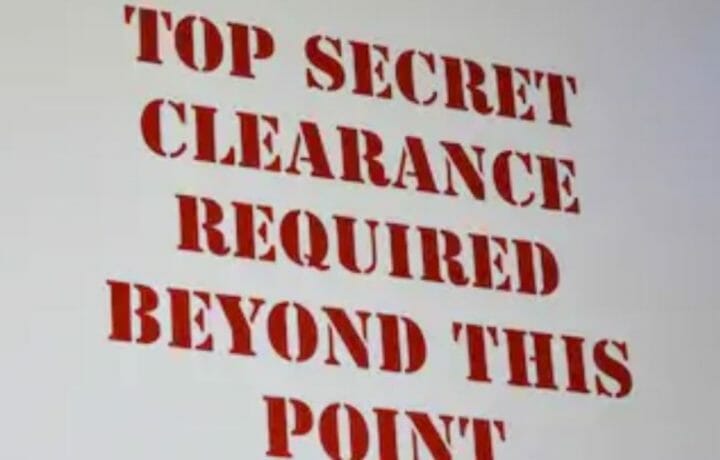When an applicant for a security clearance is denied, the Department of Defense will issue a “statement of reasons” to the applicant advising him of the basis for the decision. The applicant may then request a hearing for review of that decision, and, if still unsatisfied, appeal that determination.
“Viewer Discretion is Advised” – Case No. 11-14005
THE FACTS
The security clearance applicant in this case was a 38-year-old, married male. He held a master’s degree, and worked as a principal information systems engineer. He was first granted a security clearance around 1994.
The applicant started viewing pornography in his teens. As an adult, he download adult pornographic material through the internet and had amassed a collection of approximately 10,000 images.
The peer-to-peer network file sharing network “Kazaa” was one program he used to download free pornography. Kazaa did not allow users to view the file material before downloading it, and file names were often inaccurate or misleading. This caused the applicant to receive material he did not want. For example, he inadvertently downloaded a video of prepubescent girls playing at what he guessed was a nudist camp. He was disturbed by the video, told his wife about it, and deleted it. He testified that he never again, even unintentionally, saw similar images.
From then on, the applicant took steps to avoid this. He discontinued his use of Kazaa; he visited US-based sites “that prominently display their stated policies against illegal porn and their promised compliance with applicable statutes”; and he used sites that offered thumbnail images to view before downloading to ensure against underage models.
During his security clearance polygraph examination, the applicant answered “no” when asked if he had viewed child pornography. He then corrected himself by saying he had probably seen women who claimed to be adults but were not legal age. The polygrapher asked for an estimate of how many such images he could have seen, and the applicant replied that, hypothetically, it could be from zero percent to the low single digits. According to the applicant, the polygrapher claimed his estimates were too low, and increased the percentage to somewhere from four to seven percent, and higher. The polygrapher did not disclose to the applicant the final percent he recorded, which was 35 percent or roughly 3,500 images of child pornography.
The applicant’s wife testified that on the day of the polygraph in 2004, the applicant returned home concerned that the polygrapher did not understand his statements and was accusing him of engaging in actions he did not participate in.
His wife and two of his friends testified that they were present during these events, viewed the images, and saw no material that they believed to be child pornography. The applicant received glowing character recommendations from colleagues. He is active in his church and volunteers as his son’s cub scout leader.
The applicant was denied his request for a security clearance. He appealed this decision.
THE RESULT
CLEARANCE GRANTED. Some sexual behaviors, such as pornography, can affect the granting of a security clearance. These include ones involving a criminal offense, indicating a personality or emotional disorder, or those reflecting poor judgment.
Read more on “Guideline D, Sexual Behavior.”
“Pornography involving women 18 or over is legal and ordinarily does not raise a security concern,” according to the court. In this case, the judge determined the applicant’s pornography habits were appropriate because he did not intentionally view or download child pornography, and did not engage in criminal activity.
Enough time has passed from the applicant’s questionable conduct, and therefore his current trustworthiness and judgment are not in question. A common mitigating condition for offenses is the passage of time. In this case, the judge noted: “It has been eight years since he removed the pornography from his computer and stopped accessing adult online pornography….[and] 12 years since he stopped using the Kazaa software that exposed him to the possibility of downloading child pornography.”
What else tipped the scale in favor if the applicant? The judge listed specific factors from among the applicant’s “substantial evidence” that lead to her decision. Among these factors:
- the applicant’s “frank and credible testimony denying intentional use of child pornography”;
- his wife’s affidavits and testimony that she had accessed their computer for years and never found child pornography during random checks;
- his friends’ knowledge of his habits and character; and
- the evidence showing his long history of successfully holding a security clearance.


